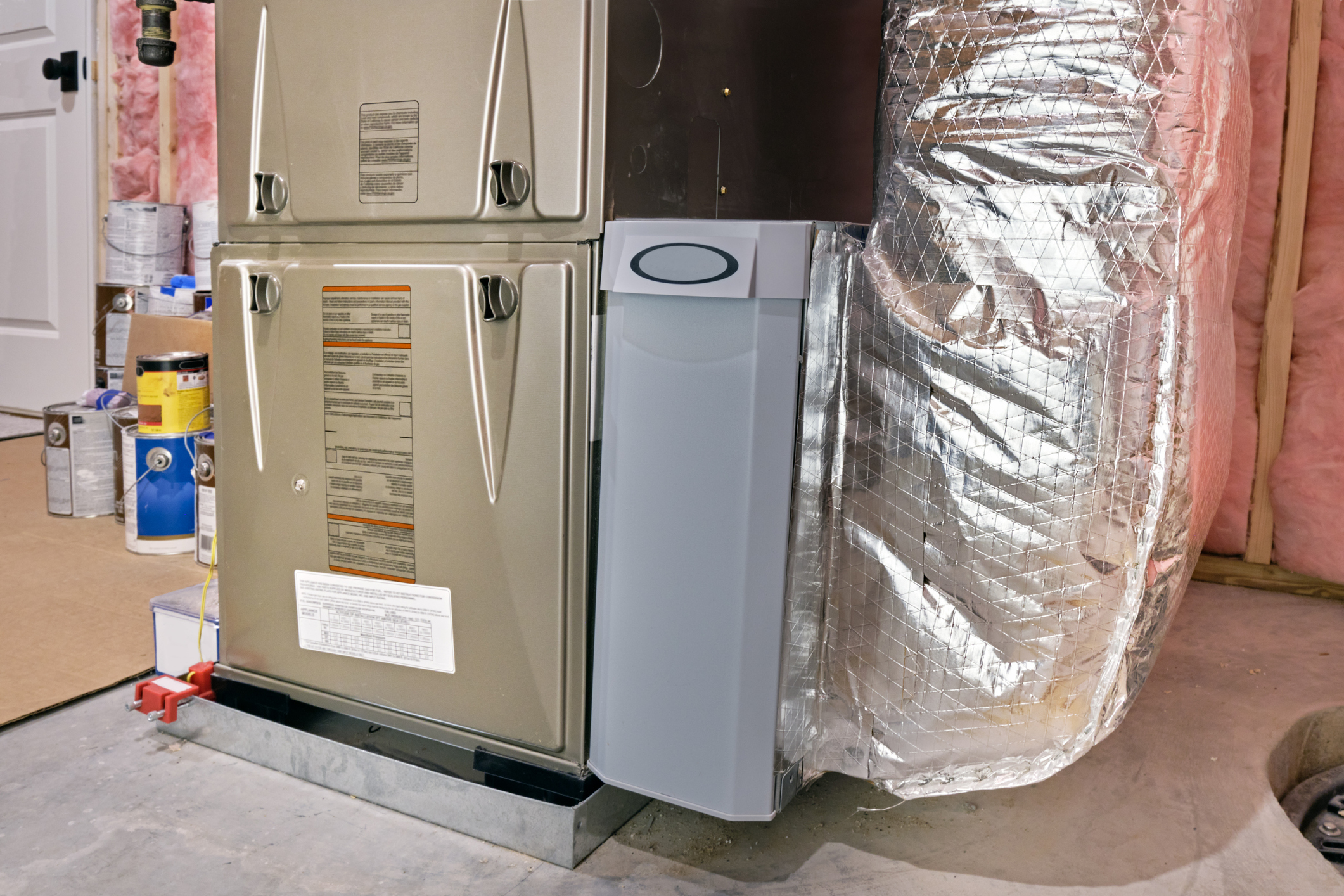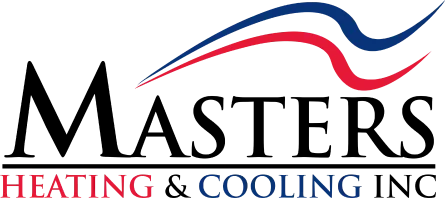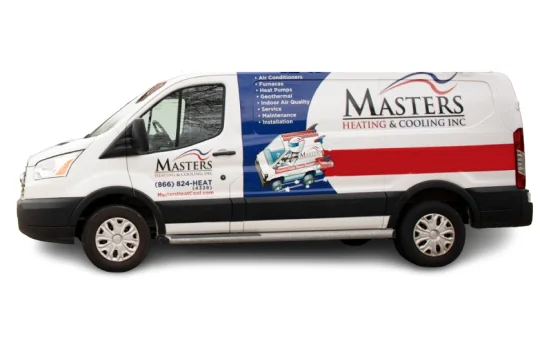Choosing the right heating system for your home starts with an informed decision. Here, we’ll help you understand one of the most common types of heating systems in Northeast Indiana: forced-air heating.
According to the U.S. Department of Housing and Urban Development, nearly 60% of North American single-family households rely on forced-air heating to warm their homes. But what exactly is forced-air heating? Why is it such a popular choice among homeowners? And how does it differ or work alongside other HVAC systems?
We’ll explore the differences between forced air and central air, plus the pros and cons of this widely used heating system. After reading, you’ll have a greater understanding of how your home heating operates.

Forced vs. Central Air: What’s the Difference?
Unlike “central heating,” which can include boilers or geothermal heat pumps, forced air heating relies on ductwork to warm a home. It’s similar to central air conditioning since both systems use a supply plenum and ventilation to distribute heated or cooled air. “Central air” specifically refers to cooling systems that utilize ductwork, like central air conditioners. “Forced heat” refers to heating powered by furnaces or heat pumps. Both central AC and forced air heating use thermostats for temperature control.
Pros of Forced Heating
Forced-air heating offers significant benefits to homeowners. Its ability to quickly warm up spaces and seamlessly integrate with air conditioning systems makes it a top choice for year-round comfort.
- Fast heating: Furnaces quickly and reliably distribute heat.
- Reliability: Ductwork is a straightforward distribution system with fewer components and readily available replacement parts.
- Energy efficiency: Forced-air heating systems tend to have lower overall energy costs.
- Easy installation: Radiator distribution systems, like boilers, have higher installation fees and greater maintenance needs.
Cons of Forced Heating
Like any HVAC investment, you’ll want to weigh some of the downsides of this particular heating system. Understanding its drawbacks will help you decide if forced heating is an adequate fit for your home.
- Noisier operation: The movement of air through ducts and vents produces more noise than central heating.
- Air quality concerns: Ductwork can contribute to poor indoor air quality if not maintained or properly filtered.
- Central temperature control: You lose zoned temperature control in individual rooms with forced-air heating.
Choose Masters Heating & Cooling for Forced-Air Installation
If you’re ready to assess or upgrade your current heating system, our licensed, insured, and NATE-certified technicians are here to help. For over 40 years, we’ve provided quality HVAC services to the Greater Indianapolis Area, serving our community of homeowners with reliable heating solutions. Our technicians are courteous, conscientious, and dependable, drawing on years of expertise to safely and effectively heat and cool your home.
We believe in upfront pricing and accessible comfort — learn more about our available financing options today.
Ready for a free estimate on a heating replacement quote? Talk to a Masters Heating & Cooling team member to schedule a heating assessment in Fort Wayne, IN.







